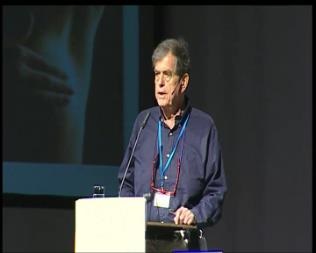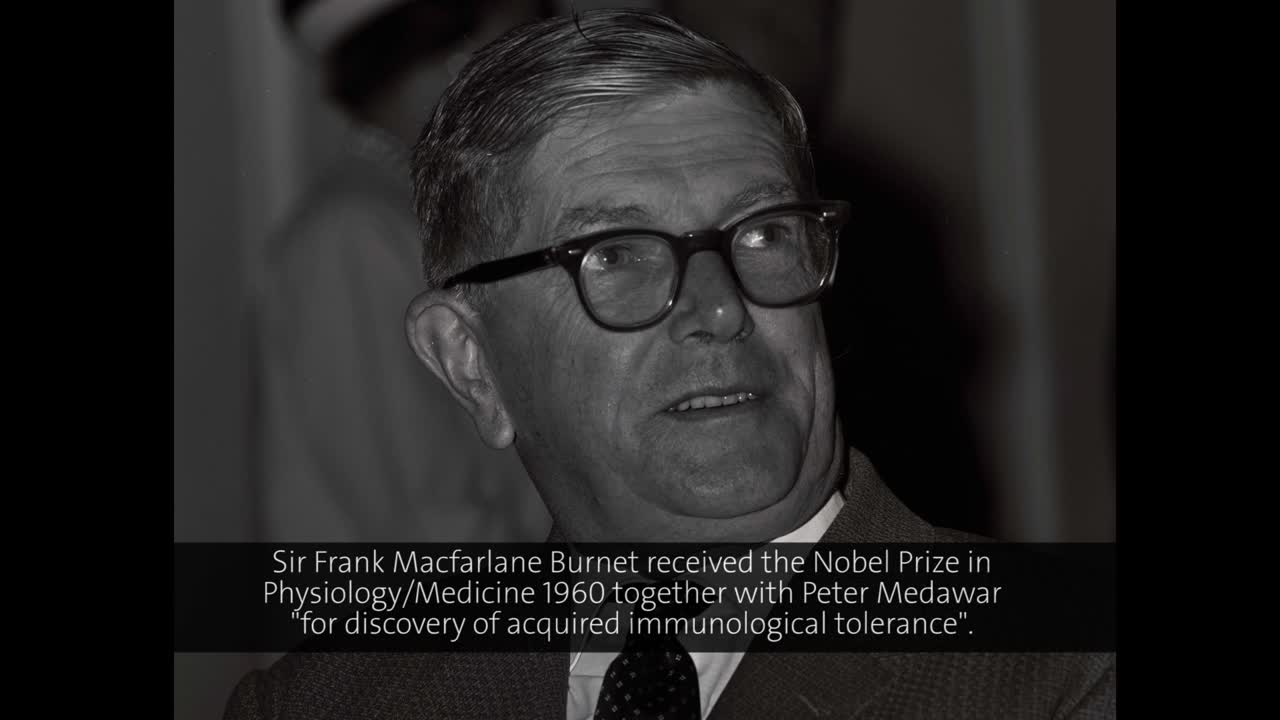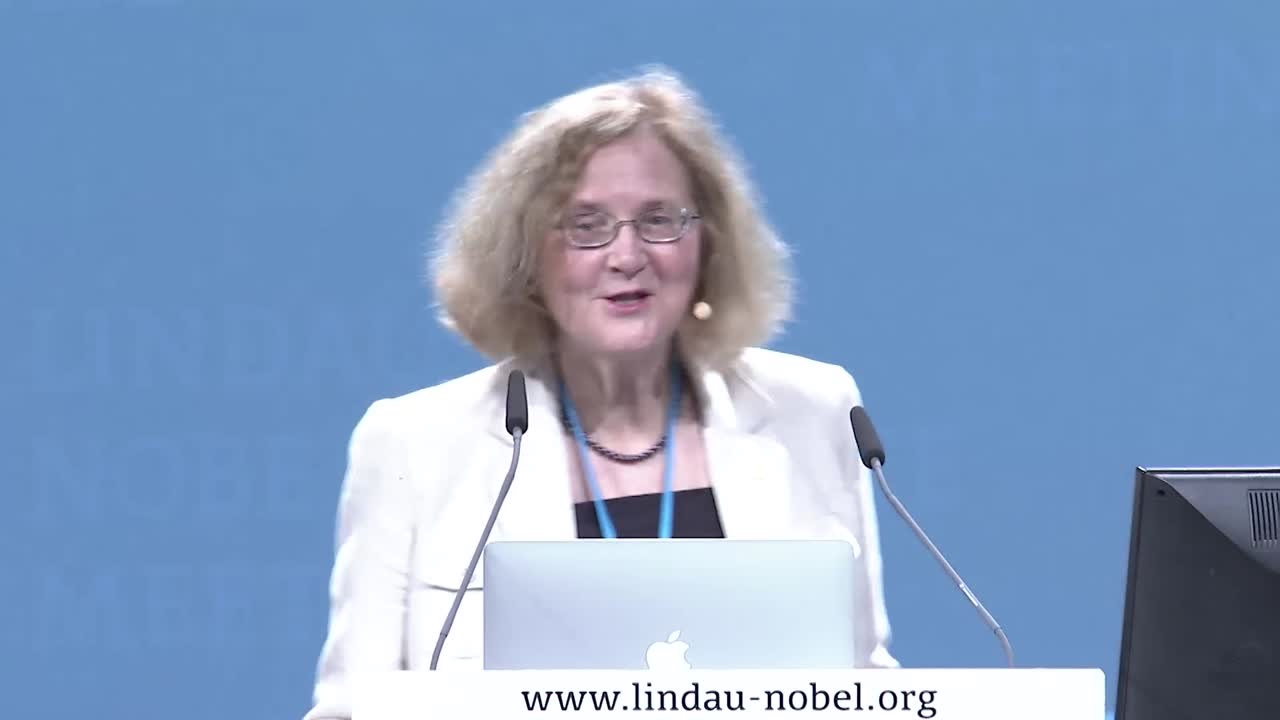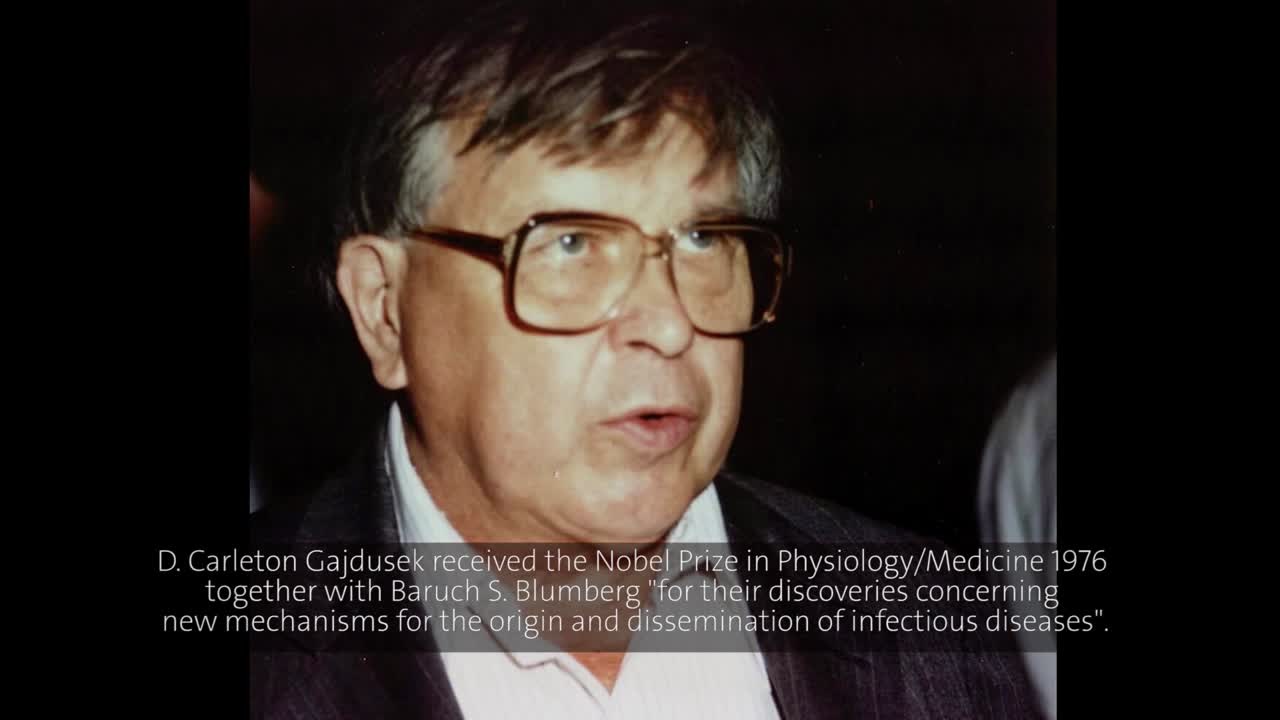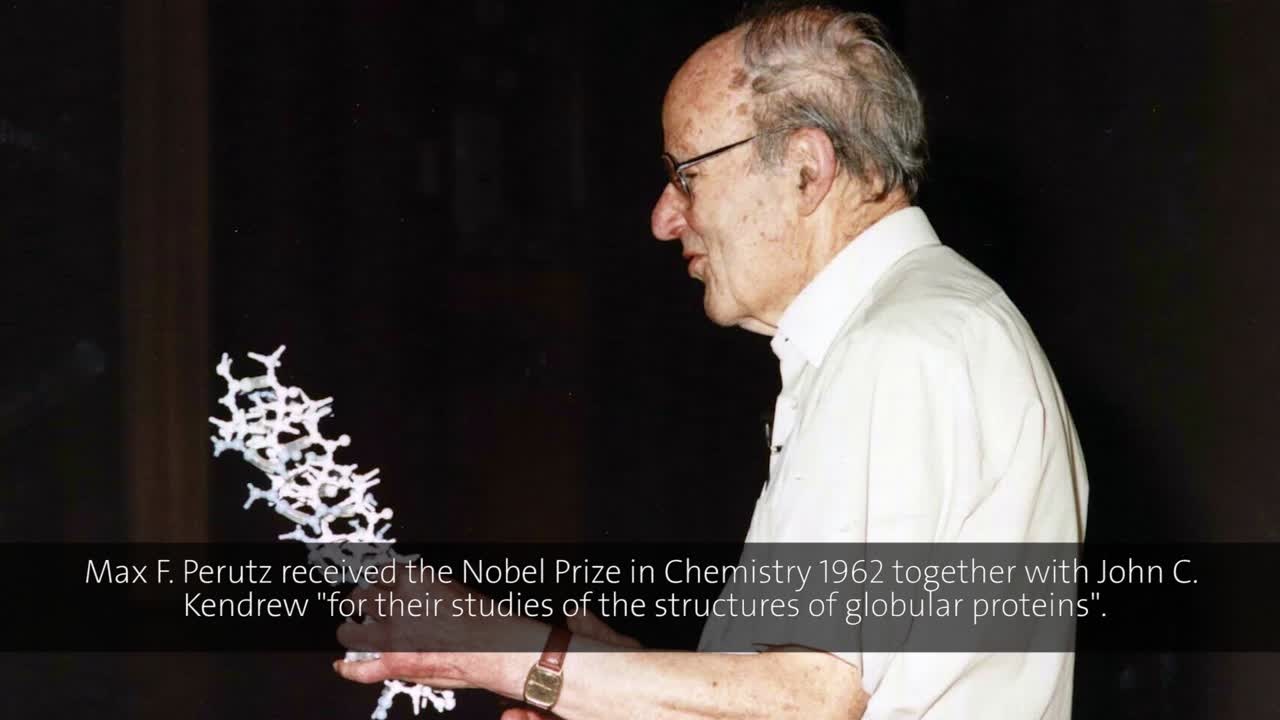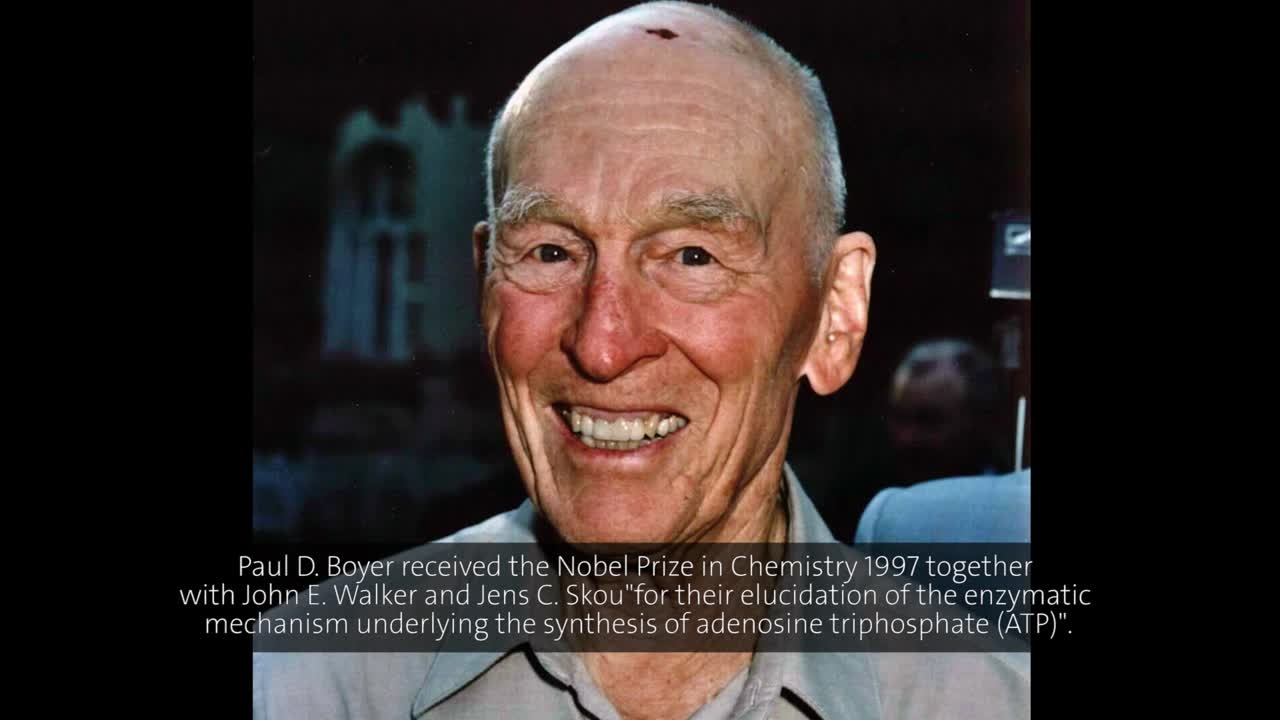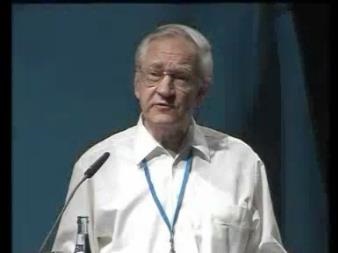Why Do We Get Old?

by Hanna Kurlanda-Witek
What you are I once was, what I am you will surely become.
The inscription on the Renaissance painting, “Holy Trinity” by Masaccio serves as a message from those who have died to the living, but it may also be used to epitomise the passing of time within a lifespan. The process of aging has many negative connotations, particularly in the Western world. For many people, to age is synonymous with slowing down, becoming prone to illness and living in the past. The fear of aging manifests itself in magazines and on television (unless they are advertisements targeted at the elderly), in hair dyes which promise to cover grey hair, lasers that erase liver spots and shampoos that restore baldness. It seems that no one wants to get old, yet the fact that we are getting older with every day is a truth we can’t turn our back on. And once we resign ourselves to this fact, as with any inevitable experience linked to the future, we hope for the best. We strive to age well, to live a long time in good health.
What is the science of aging and how much of this gradual transformation of our bodies is dependent on our genes, and how much on the choices we make when we are young? Why do some humans live to be 120 years old and some only live to half of those years?
A person born in western Europe in 1900 could expect to live an average of 45 years. The three biggest killers in those days were bacterial infections; pneumonia, tuberculosis and diarrhea. Approximately 30 years have been added to the human lifespan in only a century, while a rise of 10-20 years took place in the preceding few hundred years from the Middle Ages. This was the result of several near-simultaneous factors – improved sanitation, the development of antibiotics and vaccines, and factors linked to childbirth, leading to decreased mother and child mortality (in 1900 in the United States, almost a third of all deaths were of children aged younger than five). During the 59th meeting in Lindau, Nobel Laureate in Physiology and Medicine Aaron Ciechanover described the revolution caused by the discovery of penicillin:
(00:07:06 - 00:09:47)
As Ciechanover expresses in the interview, “Ageing, God and Lindau”, with the near disappearance of bacterial infections, longer lives have allowed such illnesses as cardiovascular diseases and cancer to surface, jointly accounting for over 50% of all deaths in developed countries at the present time. Alzheimer’s disease was unknown in 1900; not enough of the population lived long enough to succumb to the disease.
The external symptoms of aging are well-known. The self-maintenance of hair melanocytes becomes faulty, and hair turns grey. Enzymes break down the elastin in the skin, there is an overall decrease in pigment-forming cells and fat deposits, and we get wrinkles. Why does this happen? Part of the answer may lie in our genes themselves, or the intensification of genetic errors in somatic cells. This theory of intrinsic mutagenesis, developed by Nobel Laureate Sir Frank Macfarlane Burnet in the 1970’s, was outlined in Burnet’s lecture in Lindau in 1975:
(00:08:20 - 00:10:24)
Burnet laid emphasis on the concept that nature causes our genetic material to change, and aging to occur, while external, or environmental factors increase the chance of mutations of genetic material, but are not primarily responsible for mutations. DNA repair systems break down, leading to a “cascade of errors”. Burnet also explained the connection between immunity and aging, concluding that good health in old age is the result of a well-adjusted immune system:
(00:35:15 - 00:37:27)
In more recent research, molecular biologists are peering into the “libraries” of our cells, the chromosomes, which are tightly wound bundles of our DNA. The ends of chromosomes are a series of nucleotides, which are repeated multiple times. These ends, called telomeres, function as protective caps of the chromosomes. An often used comparison to telomeres is the plastic end of a shoelace, which keeps the shoelace (chromosome) from unravelling. Whenever chromosomes divide, it is the telomeres that become shortened, hence the rest of the chromosome is protected from this erosion. Once the telomeres become very short, the cell receives signals, one of which is to stop dividing, and this is the underlying reason for senescence, or biological aging. In the 1980’s, it was discovered that there is an enzyme responsible for adding telomere sequences to chromosomes, in effect reversing the shortening of telomeres. This enzyme is known as telomerase and was discovered by Elizabeth Blackburn and her graduate student Carol Greider, in the protozoa Tetrahymena. For this work, Blackburn and Greider, together with Jack Szostak, received the 2009 Nobel Prize in Physiology or Medicine. During her most recent lecture in Lindau, Elizabeth Blackburn explained the links between aging and shorter telomeres:
(00:09:17 - 00:11:55)
Moreover, many studies have shown that shorter telomeres are associated with various diseases which are common in old age:
(00:30:42 - 00:32:48)
Here, Blackburn describes a large study looking at telomere length and aging in 100 000 people in California. The data demonstrate that telomeres become shorter with age, up until the current average lifespan (75-80 years), yet interestingly, people who are older than this average age have longer telomeres. There are also marked differences in telomere length between men and women:
(00:15:10 - 00:16:51)
Telomerase has often been hailed as the answer to aging, especially when looking at encouraging studies, where aging processes, including neurodegenerative diseases, diabetes and osteoporosis have been greatly reversed in mice. But there are many sides to telomerase. It is also very active in cancer cells, promoting the growth of tumours, while activity is low in most regular cells. Senescence in humans is remarkably multi-faceted, and it may be misleading to suppose that the effects of telomere length and telomerase are the main factor in aging, yet many exciting studies are being carried out, indicating that there are causal links between short telomeres and for example, Alzheimer’s disease. Elizabeth Blackburn concluded her lecture in Lindau in 2011 by saying that, now that we’ve solved problems of infectious diseases, we have to think about how we are going to prevent the other chronic diseases that we’re going to be left with.
“I know three people who have got better after a brain tumour. I haven’t heard of anyone who’s got better from Alzheimer’s.” –Terry Pratchett
According to Alzheimer’s Disease International, 1 in 9 Americans over the age of 65 have Alzheimer’s and the disease is most prevalent in Western Europe and North America. As populations in these parts of the world continue to age, we can expect Alzheimer’s, as well as other neurodegenerative diseases to become more common. It may seem that the activity of our brains cannot keep up with the progression of years. Alzheimer’s disease is caused by the occurrence of amyloid deposits and neurofibrillary tangles in the brain. During the 37th Meeting in Lindau, Carleton Gajdusek, a medical researcher who received the Nobel Prize in Physiology or Medicine in 1976, described how the aging of the brain develops, with gradual loss of grey matter and an escalation of amyloid plaques in intraneuronal spaces, even in healthy brains:
(00:02:00 - 00:06:17)
Amyloids are fibrous polypeptides, here dubbed by Gajdusek as second-rate proteins, since they are not metabolically active and are insoluble, having previously been soluble, globular proteins. The lack of methods of getting amyloids into solution, in order to be able to study their molecular properties, was one of the principle reasons of the delay in modern-day research in neurodegenerative disorders.
“All amyloid of the brain in normal aging and Alzheimer’s disease is built of the same building block”, explained Gajdusek, clearly stating the results of his collaboration with Konrad Beyreuther and Colin Masters. Even now, nearly thirty years after this lecture was given, it is still not understood why the increase in amyloid plaques and neurofibrillary tangles leads to normal aging in some individuals, and to a “galloping senescence” such as Alzheimer’s disease in others. Another breakthrough took place when researchers were looking for the gene of the precursor protein of amyloid. It was found that the gene is located in the 21st chromosome, a mutation of which leads to Down syndrome, suggesting a relationship between Down syndrome and Alzheimer’s disease. Indeed, further studies have shown that up to75% of those with Down syndrome over the age of 65 have Alzheimer’s disease.
Neurodegenerative diseases, such as Parkinson’s disease and bovine spongiform encephalopathy (BSE), also known as mad cow disease, bear the similarity that they are caused by the misfolding and aggregation of protein material, as was explained by Nobel Laureate Max Perutz in Lindau in 1999:
(00:35:21 - 00:39:09)
Scientists are still trying to understand why some proteins aggregate during stress and aging, and others maintain their solubility properties. Research progress for treatment of Alzheimer’s is fairly slow, especially when compared to the rate at which new drugs against cardiovascular diseases or cancer are produced. At present, pharmacological treatments can only delay the progression of the disease. Studies are currently being undertaken on monoclonal antibodies, which target misfolding proteins, reducing or neutralising amyloid plaque formation.
“(...) oxygen is both providing us with energy for the enjoyment of life but at the same time is decreasing the length of time that we will be around for such enjoyment.”
Paul Boyer, a recipient of the 1997 Nobel Prize in Chemistry, included the above sentence in the abstract of his lecture, presented in Lindau in 2002. As described in the title of Boyer’s lecture, oxygen is both our friend and foe; it is vital to living organisms for photosynthesis and respiration, but at the same time, its’ reactive oxygen species (ROS) – super oxide and hydrogen peroxide, are highly toxic to cells, damaging proteins, lipids and DNA, and increasing cellular senescence.
(00:25:34 - 00:27:32)
As we can hear in Boyer’s talk, it could be worse – 100 000 DNA molecules are damaged daily in a single cell in a rat, while 10 times fewer DNA molecules are damaged in a human cell at the same time. How well a person ages may also depend on how efficient his or her DNA repair processes are. Antioxidants, such as vitamin C, vitamin E, carotenoids or flavonoids can balance the harmful effects of ROS, particularly if they are taken in their natural forms, rather than in supplements, as high concentrations of antioxidants may promote pro-oxidation. Oxidative stress is also known to decrease through caloric restriction, or in other words, fasting. There is more and more evidence that non-genetic, or so-called environmental, or lifestyle factors, bear an influence on aging, yet to what extent can these factors influence healthy old age remains to be established.
Despite the setbacks of aging, the 20th century has witnessed the swift rise of a new age group – centenarians, those who are a hundred years old or older. Centenarians were very rare in the first half of the 20th century. For example, according to the 1960 census in the United States, there were 3600 people aged 100 or older, while today there are more than 60 000 centenarians in the United States, and an estimated 500 000 worldwide. There are some parts of the world where centenarians are fairly common, such as the Japanese island of Okinawa, the Canadian province of Nova Scotia, the island of Sardinia, or Costa Rica. Many studies have been carried out in these groups and genetic factors are relevant (their parents and children are often long-lived), but other, external factors also influence longevity. The lifestyle and diet of a person in Okinawa may differ from that of a Seventh-Day Adventist in California, yet there are some common threads between these diverse groups of centenarians. Most of them eat plenty of fruits, vegetables and whole grains. They are moderately physically active. They don’t smoke and only drink alcohol from time to time, if at all. And, crucially, they keep close ties with friends and family, avoiding social isolation, which can lead to worsening of aging symptoms, and also depression. Hence, there’s not much we can do with our genetic blueprint, but we can certainly add quality years to our lives by taking care of our health and making the right choices. Elizabeth Blackburn wonderfully illustrated a study that showed the difference that external factors, such as stress and psychological aspects, can make when afflicted with a life-threatening disease:
(00:30:51 - 00:33:19)
In the end, as with most things in life, it’s all about balance, even when it comes to maintaining proper telomere length!
There are no straightforward answers on whether aging can be stopped or even reversed, but to counter that problem, maybe the solution is to accept, or even embrace this natural human condition. More and more elderly people work for a cause and they have the fulfilling knowledge that their work is necessary and important. To quote Murray Shusterman, a lawyer who celebrated his 100th birthday four years ago, “Get involved. You’ll find pleasure and sometimes disappointment, but there is a sense of achievement if you participate in a successful undertaking, whether it is organizational or professional.” This subject, regarding the fusion of passion and profession, was echoed in Richard Ernst’s lecture during the 56th Lindau Meeting in 2006:
(00:17:11 - 00:17:45)
On a personal note, the more lectures of Nobel laureates in Lindau that I listen to, the more convinced I am that enjoying what you do in life adds immense value to later years. I find it inspiring to listen to these scientists describe their ongoing research, knowing that many of them are over 70 (or even over 90) and yet they are still working daily in research institutes, travelling around the world and sharing their experiences with younger generations. In the words of Henry Ford, “Anyone who keeps learning stays young”.
In this lecture, which is one of the most popular in the Lindau Mediatheque, Oliver Smithies gave wise advice to his listeners on a life in science, but I believe it can easily be transcribed to life in general; “It’s pointless to do something you don’t enjoy! It won’t work.”
(00:11:12 - 00:13:26)
Further Reading on Ageing:
Ageing, God and Lindau: an Interview with Aaron Ciechanover, by Stefano Sandrone
http://www.lindau-nobel.org/ageing-god-and-lindau-an-interview-with-aaron-ciechanover/
http://www.alz.org/dementia/down-syndrome-alzheimers-symptoms.asp
http://www.pewresearch.org/fact-tank/2016/04/21/worlds-centenarian-population-projected-to-grow-eightfold-by-2050/
https://www.sciencedaily.com/releases/2015/07/150720154218.htm
http://time.com/4464811/aging-happiness-stress-anxiety-depression/
Callaway, E. (2010) Telomerase Reverses Ageing Process, Nature.com, doi:10.1038/news.2010.635
Ciryam, P., Tartaglia, G.G., Morimoto, R.I., Dobson, C.M., Vendruscolo, M. (2013) Widespread Aggregation and Neurodegenerative Diseases Are Associated with Supersaturated Proteins. Cell Reports 5(3), pp. 781-790.
Fjell, A.M., McEvoy, L., Holland, D., Dale, A.M., Walhovd, K.B. (2014) What is normal in normal aging? Effects of aging, amyloid and Alzheimer’s disease on the cerebral cortex and the hippocampus. Progress in Neurobiology 117, pp. 20-40.
Jeune, B., Kannisto, V. (1997). The Emergence of Centenarians and Supercentenarians. In: Longevity: to the Limits and Beyond, J.-M. Robine et al. (eds) pp. 77-89. Springer-Verlag Berlin Heidelberg New York.
Knight, J.A. (2010) Human Longevity – the Major Determining Factors. Chapter 1: Life Expectancy, Life Span and Causes of Death. AuthorHouse.
Valko, M., Izakovic, M., Mazur, M., Rhodes, C.J., Telser, J. (2004) Role of Oxygen Radicals in DNA Damage and Cancer Incidence. Mol Cell Biochem 266 (1-2), pp 37-56.

